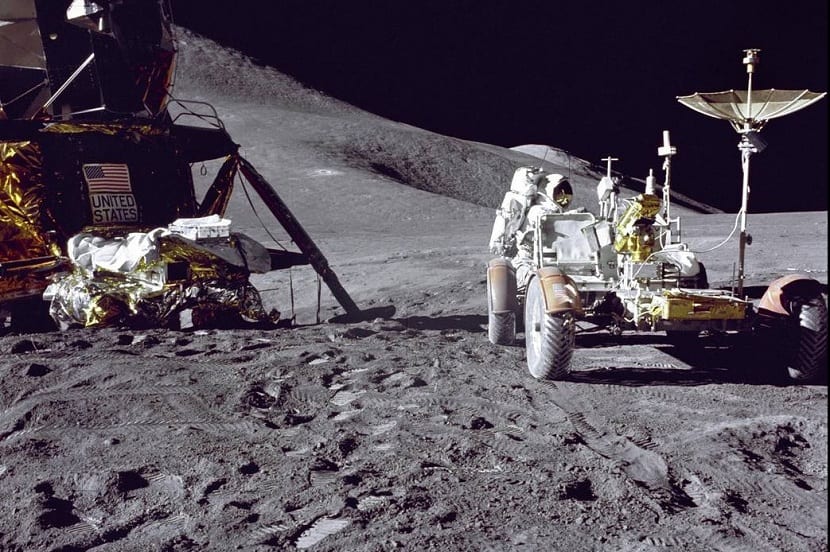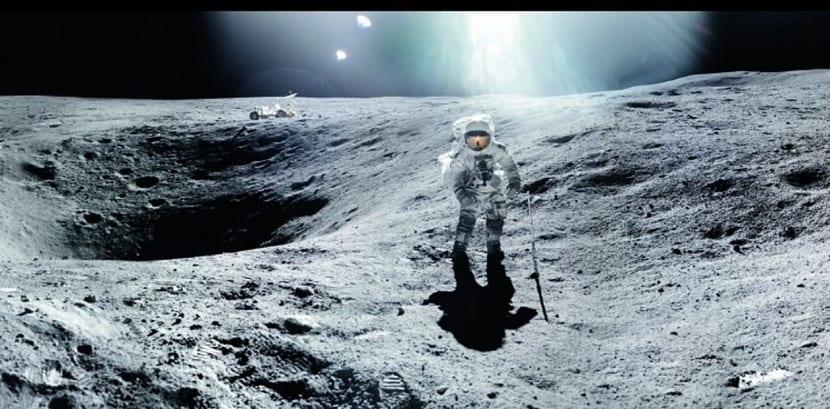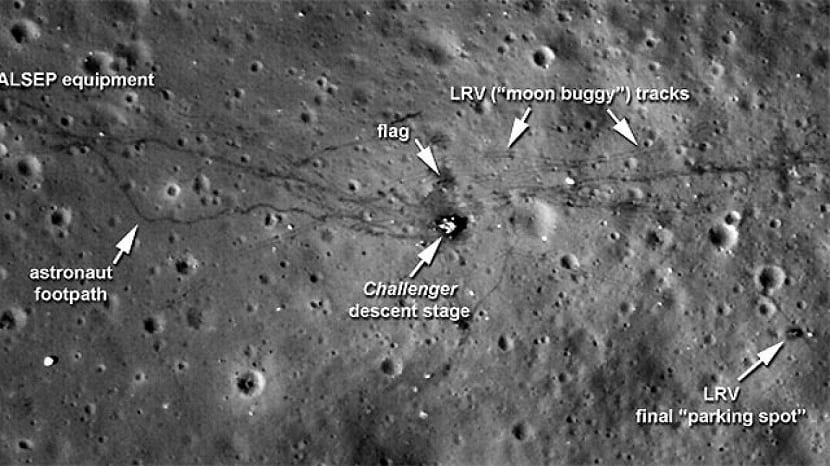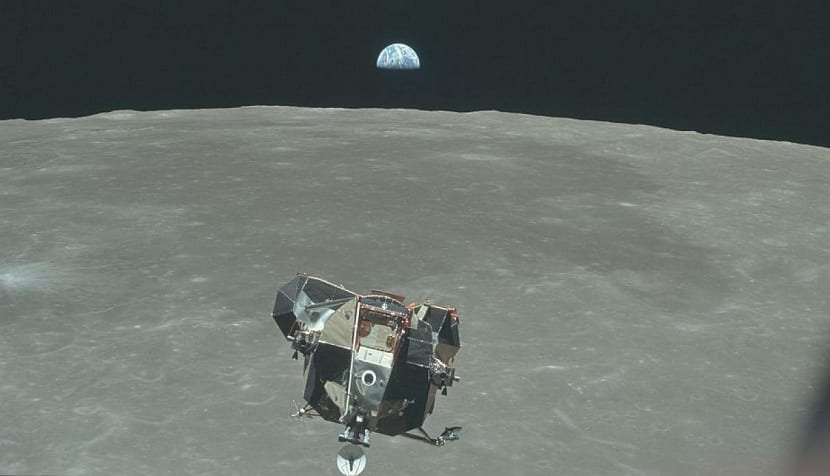
If there is something to think about whether the human being is curious or not, it is having reached the moon or, at least, leaving our planet and staying for a time in outer space. Extracting information from the outside becomes important for humanity regarding the functioning of both our planet and the Solar system and the entire universe. To this end, at the end of July 1960, NASA announced that the Apollo Program was launched. The Apollo missions They have been well known throughout the world and more previously, there was a greater desire for knowledge about the universe by the population.
In this article we are going to summarize the characteristics of the Apollo missions and the importance they have had for the discovery of science.
Apollo Program

At the beginning of the creation of the Apollo Program, it was only thought that it would be a kind of trip to locate the best place to land on the moon. Something so important, but at the same time, risky should not be taken lightly. That is to say, we were talking about man stepping on another terrain that was not our planet, but our star, the moon. For this feat we needed to be prepared to go find the right place so that it would not cause problems.
All of this was an initial approach. However, later there were numerous pressures on the space race and impatience for man to step on the moon as soon as possible. This led to the Apollo missions not being intended to ensure an ideal place for landing, but the definitive project for man to step on the moon for the first time.
At those moments, the president of the United States was John F. Kennedy, the cold war was getting worse because of the USSR. This president was the one who announced to the whole world that man would reach the moon before the end of the 60s and would return safe and sound. This caused that the Apollo missions began to have worldwide interest and each news was followed with enthusiasm.
Apollo 11, the best known mission

Who has not ever heard the mythical Apollo 11 mission? It was about the mission that finally got man to the moon (although this is very much questioned today that it was a complete montage). It took place on July 20, 1969, with Richard Nixon as president. The Apollo 11 mission was the one that could land on the moon with two astronauts on board, Neil Armstrong and Edwin Buzz Aldrin. His other partner had to stay on the ship maintaining an orbit around the Earth.
The first man to step on the moon and who, therefore, took all the merits and his popularity, was Neil Armstrong. Therefore, you probably have never heard of his partner. More than 500 million people were able to see the arrival of man on the moon on their televisions.
The Apollo program not only had this mission, but had several of them in which there was no crew. These missions were more to test the possible errors or accidents that could occur once they were in outer space. It also had 12 manned missions. Of the 12 completed missions, 3 were to orbit the Earth, two were to orbit the moon, one mission was aborted, another 3 missions were canceled for economic reasons and 6 of them were able to land on the moon. Therefore, 12 have been the astronauts who have been able to walk on our satellite, the moon. These 12 astronauts are: Neil Armstrong, Edwin Aldrin, Conrad Charles, Alan Bean, Alan Shepard, Edgar Mitchell, David Scott, James Irwin, John Young, Charles Duke, Cernan Gene, and Harrison Schmitt.
Interest in the Apollo missions

As we have mentioned before, the public's attention to the knowledge and exploration of the universe was declining. Today not so many people have expectations about meeting or discovering new planets, new galaxies, etc. Nothing surprises anymore. The same was happening with the Apollo missions. He seemed to have lost interest in the public when the Apollo 13 mission was able to regain world attention. It was NASA's seventh flight into space and the third to land.
The ship, manned by James Novell, John L. "Jack" Swigert and Fred W. Haise. was known for "Houston, we have a problem". It came out on April 11, 1970 and began with the explosion of an oxygen tank. This was only the first of many problems the mission had. Obviously, with so many problems, the Apollo 13 mission did not reach the moon. He had to be struggling with the limited energy they had, a loss of heat in the cabin, with hardly any potable water and with the urgent need to repair the systems that extracted CO2 from the environment of the ship.
Finally, despite all the problems, Apollo 13 was able to land on Earth again without any serious problems and Hollywood took advantage of this story to make its own in one of the most famous films of those times.
End of Apollo missions

This program lasted until December 1972, when it was terminated. The cost of investments in this program aiming to step on the moon was around $ 20.443.600.000. Despite the large investment that was made in both personnel and technology to develop, the experience gained from the moon has not served enough for more missions to go to the moon. "Traveling to the moon is expensive and not very profitable."
Not only was the crashed Apollo 13 the only program to fail. Apollo 1 was the first of the Apollo missions to be manned. A fire caused in one of the previous tests caused the death of the entire crew.
I hope that with this information you can learn more about the Apollo missions and their importance.